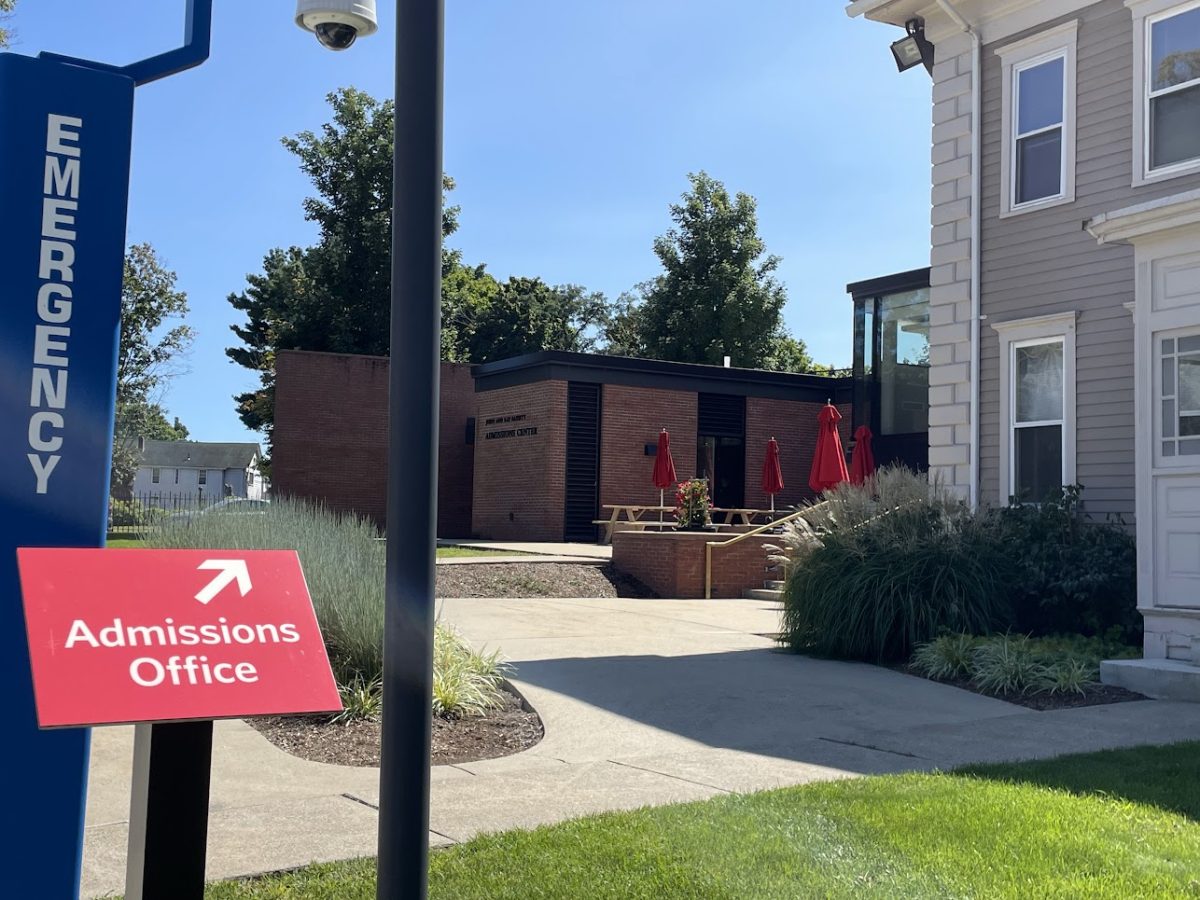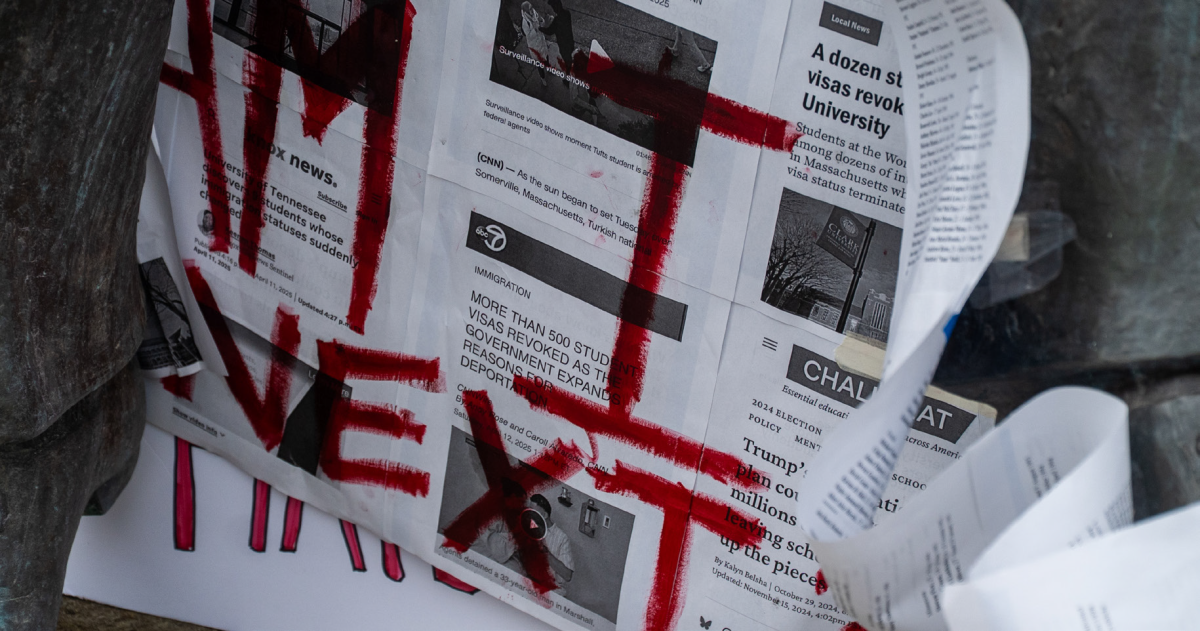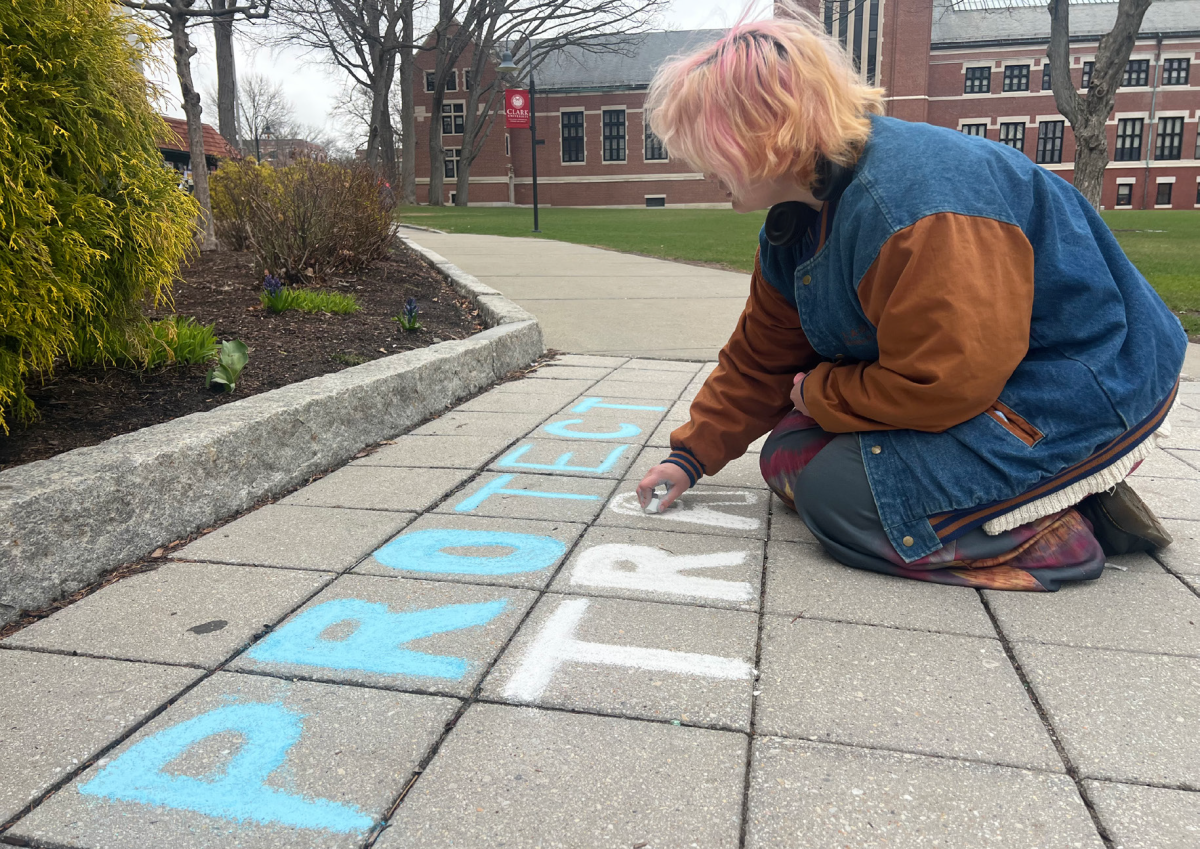In a landmark reversal of national precedent, the Supreme Court of the United States overturned Affirmative Action in two rulings announced in late June.
“The decision to support affirmative action is in line with Clark University’s mission and motto,” wrote Margo Foreman, Vice President and Chief Officer of Diversity, Equity, and Inclusion in an email sent to the Clark community on July 31. “The idea that barriers to higher education…do not remain closely associate[d] with racial identity is a reversion to the conventional ideas of color blindness and deserves to be challenged,” she said.
In an interview with The Scarlet, Foreman explained that even prior to the ruling, Clark did not use race or ethnicity as part of its admissions review process.
Rather than dramatically alter its admissions processes, then, Clark will focus on continuing to diversify its applicant pool, she said. Foreman pointed to the university’s participation in the NAACP National Convention in Boston this summer as an example of these efforts.
“We want to make sure that we continue to have as diverse an applicant pool as possible,” Foreman wrote in her email. “So we will continue to build relationships with community-based organizations and charter schools.”
The undergraduate application for Clark University has also been altered to offer students an opportunity to provide additional information about their background. Greater emphasis has been given to an optional question that asks prospective students to “share more about the communities to which they belong and how those communities influence them.”
“The top priority for the Office of Diversity is to help support the campus community as we strive to become a more welcoming higher education destination,” said Foreman.
The Scarlet requested comment from the four members of the Executive Board of the Clark Undergraduate Student Council, but did not receive a response.
According to an article published by NPR on June 29, the relevant cases, Students for Fair Admissions, Inc. v. President of Fellows of Harvard College (6-2) and Students for Fair Admissions, Inc. v. University of North Carolina (6-3) were decided strictly on ideological lines, with the six conservative judges assuming the majority position. The majority opinion in both cases was written by Chief Justice John Roberts.
“Many universities have for too long…concluded, wrongly, that the touchstone of an individual’s identity is not challenges bested, skills built, or lessons learned, but the color of their skin,” Justice Clarence Thomas wrote in his opinion. “Our constitutional history does not tolerate that choice.”
Affirmative action, in terms of secondary and higher education, is a collection of admissions practices that seek to increase racial diversity on campuses. This often takes form most simply as a race-conscious admissions process, where race is considered among other factors, such as grades, standardized test scores, essays and extracurricular activities, according to the New England Board of Higher Education.
Adjacent strategies, like recruitment programs and scholarships aimed specifically at students of color, are often components of race-conscious admissions processes.
Clark University and similarly-minded institutions are not completely barred from considering race during the college admission process following the rulings. In California and Texas, where affirmative action had already been banned at the state level, universities have experimented with alternative methods to improve diversity among incoming classes.
The Journal of Public Economics noted in an April 23 issue that the University of California tested a program called Eligibility in the Local Context, which gives special advantages in the admission process to California high school students in the top 4% of their classes. Eligible students were notified about the UC application months before other students, and those who considered the applications were notified of these students’ statuses.
The program, which spanned from 2001 to 2011, increased admissions of “underrepresented minorities” by 3% and low-income students by 4%. Meanwhile, affirmative action increased UC’s admissions of underrepresented minorities by 20% prior to Proposition 29, which banned the admissions practice.
In 2017, The Texas Tribune found that this plan, which in Texas and Florida applies to the top 10% of students, increased Latinx enrollment but not Black enrollment. Additionally, it did not significantly affect the number of applications submitted from disadvantaged high schools.
Ending the practice of early application periods is another alternative. Harvard University attempted this in 2007, according to the New England Board of Higher Education, but found that students of color simply began applying to other Ivy League schools that still offered early admissions. Harvard reinstated its early action program five years later.
Third, legacy preference programs may be on the chopping block to even the playing field for students of color, whose white counterparts are far more likely to be legacies. The University of California did not see success with this program. Johns Hopkins University began a pilot program to remove legacy consideration in 2009. JHU President Ronald J. Daniels wrote for The Atlantic that in 1997, the boost that legacy status added to an applicant’s chances of admission was equivalent to a 160-point bump to their SAT score. During the pilot period, between 2009 and 2020, JHU experienced a 10% increase in minority undergraduate enrollment, and saw the number of Pell Grant-eligible students rise from 9% to 19.1%. JHU considered race in its applications during this period.
Other universities are moving to consider or adopt this policy. According to USA Today, the University of Virginia’s admissions team will no longer have access to information over whether students are legacies. Wesleyan University, the University of Minnesota, and Carnegie Mellon University are among other schools who have chosen to do away with legacy admissions.
Regardless of new actions universities choose to take, all will be required to alter their admissions policies in order to not consider race. According to an article published by the Boston Globe on August 21, Harvard, the UMass system, and Tufts University have all changed some of the essay questions on their applications to exclude questions regarding the applicants’ race.
“Massachusetts will always be welcoming and inclusive of students of color and students historically underrepresented in higher education,” Massachusetts Governor Maura Healey said in a statement on June 29, the day the ruling was made. “Today’s decision, while disappointing, will not change our commitment to these students.”
“We firmly believe that having a diverse student body is essential to fulfilling our mission and providing a meaningful, relevant academic experience,” David Fithian, President of Clark University, wrote in a June 29 message to the student body. “While we may need to find new, innovative ways to cultivate and nurture diversity on campus, our commitment will not waver.” Few further details have been provided by the University on its outreach-based approach to improve the diversity of its applicant pool and student body.




